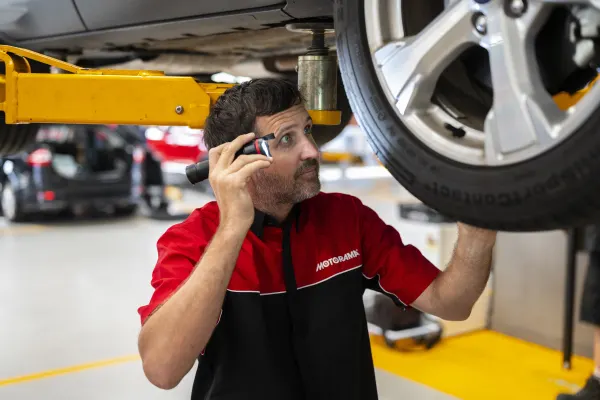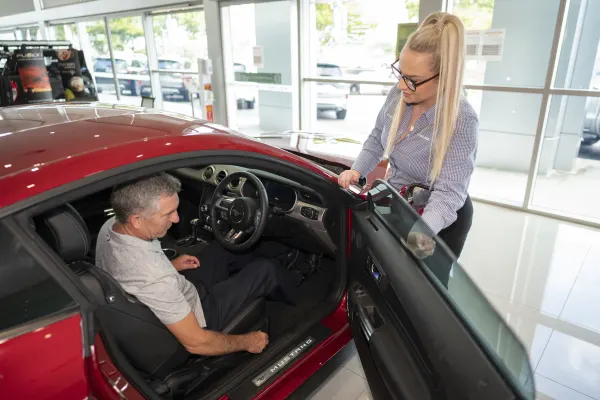
The Ultimate Car Buyers Guide
Posted in Buyer Advice
The Ultimate Car Buyers Guide
There aren’t usually too many surprises when it comes to car surveys, with the same brands moving around the top positions between themselves.
But what should you look for in a car survey that will actually help you to make a decision about your next vehicle?
Every now and then throughout the year, survey results will pop up to proclaim that a particular car model is a best-seller, or that another model is the best value. Here we seek to help with that you should really be looking for in these surveys.
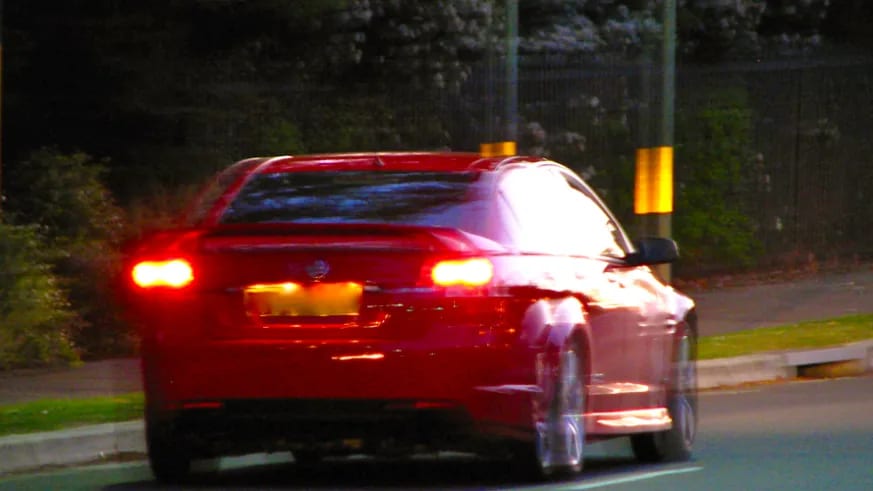
Depreciation
Depreciation is the largest cost in any cars lifetime, but you may not notice it until it’s time to trade your car in. A new car loses anywhere from 10 to 40 per cent of its value as soon as you drive away from the dealership, and your average passenger car loses 40 per cent of their value in the first year.
How a car depreciates can be influenced by how popular it is and how much it’s worth new. Generally speaking, very expensive cars tend to depreciate a lot in their first, but then prices flatten out fairly quickly and, depending on the exclusiveness of the model, can appreciate in value when they become collectible.
Cars that are very popular when new depreciate slower initially, because of the demand, but will lose value more steeply as they age because it is competing with many different cars in the used car market.

Servicing
After depreciation, servicing will be one of your larger expenses, so if you’re looking at a car – it’s worth asking what the future servicing costs will be.
Capped price servicing is pretty common these days, but not all brands in Australia are available with capped price programs. It’s also worth considering how long you’ll keep your car for – some capped price service programs end after a certain period of time, while some are available for the “lifetime” of the car.
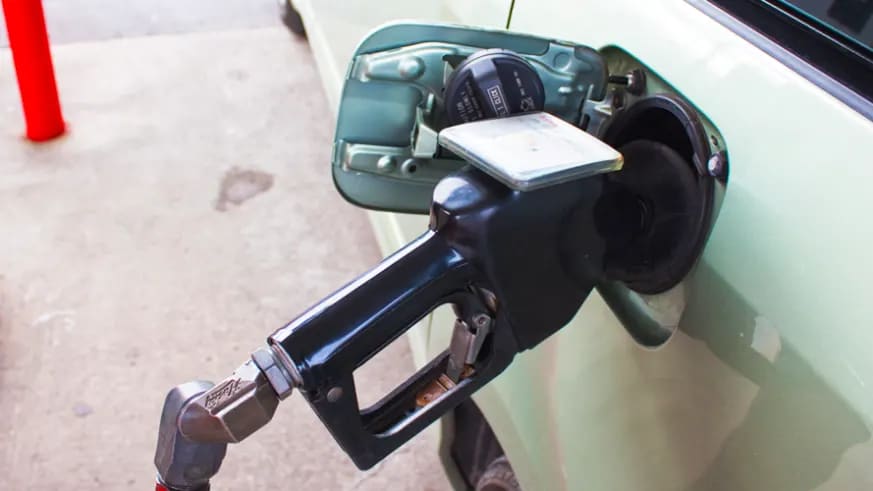
Fuel
My father said to me when I got my first car that the cheapest thing you’ll put in the car is fuel. Fuel costs will obviously vary depending on what type of car you’re looking at, so it’s important to know what you want out of a car.
New cars sold in Queensland will have fuel consumption stickers on the windshield, but if not, manufacturers often make figures in the brochure. All testing is done to meet Australian Design Rules, so the results are comparative & account for different types of driving scenarios. Having a fuel-efficient car is not only environmentally and wallet friendly, but will increase a cars resale value for budget-conscious used car buyers.
Even small checks like checking the engine can run off normal unleaded versus premium unleaded is one thing to look at - as the extra cost premium over time can add up. Some European cars, as well as high performance cars are designed to run on premium fuels; while diesels are becoming more common in smaller cars.
Other ‘wear and tear’ items should factor into your costs, depending on how long you plan to have the car for. Servicing costs don’t usually cover tyres and batteries, so you will have to pay for those at some point that may be sooner than expected based on how you use your car.
Thinking about how much it will cost to register your car in the long run will help you plan your costs over the life of your next car as well. Four cylinder cars are the cheapest to register, while eight cylinder vehicles and higher-powered cars tend to be the most expensive, as well as having higher running costs to insure and keep on the road.
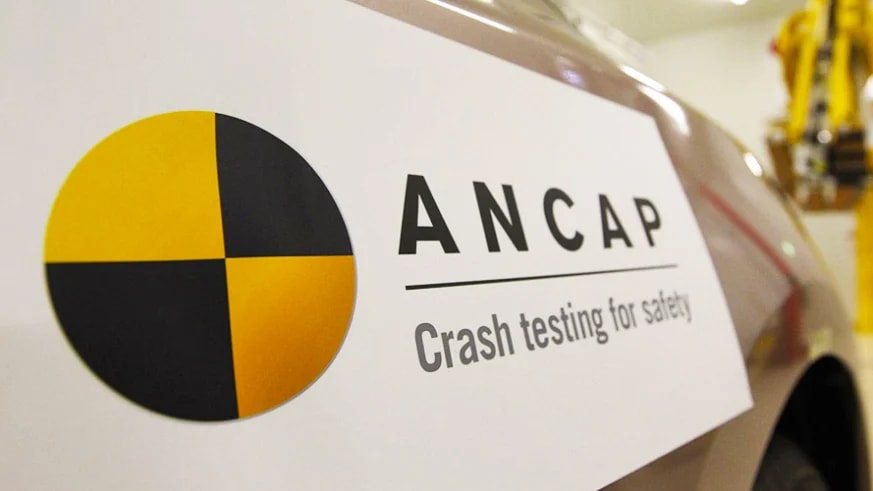
Safety rankings
In a previous era, stylish cars and safe cars were once exclusive of each other. That has largely changed, as customers demand more safety features in even the most basic cars. Budget hatchbacks, thrill-seeking sports cars and even commercial vehicles like utes, once neglected from everything but the most basic of options, are now getting the full treatment of active and passive safety features. This is partly thanks to government regulation requiring new cars to be safer on the road, but also because car buyers voted with their wallets – preferring something that cost a little more over penny-pinching unsafe cars.
If you lease, or have a company car, workplace policies have grown over the years to require safer cars for their employees – so if you have any say in what business vehicles your company purchases, when it comes to selecting a car – your company may not settle for anything but the safest vehicles.
Ideally in a car ranking for safety, you want a 5-Star ANCAP safety rating. ANCAP is an independent body that crash tests cars safety features and assigns them a star rating. Newer cars have to pass more stringent tests than ever before, so a higher star score is worth a lot more than a mediocre score from, perhaps, ten years ago.
Don’t be fooled into thinking that certain features are an added extra, either. Some safety features are standard on all cars. For example, electronic stability control is mandatory on all cars built and complied in Australia after 2011.

Price
Some car rankings rate a car based on price, comparing it to similar vehicles under or over a similar amount. Depending on how legitimate the company researching and ranking the vehicles, grading models on price can be misleading. Some surveys place a specific model grade, which is priced at a specific amount, in order to fit into a certain price bracket that may not be representative of the most affordable, or the most popular model.
When looking at an affordability ranking of cars based solely on their cost price, it’s important to look at exactly what model is being ranked (for example, if it’s a mid-range or entry-level variant) and if any additional options have been added to create a level playing field, such as a different engine option or transmission.
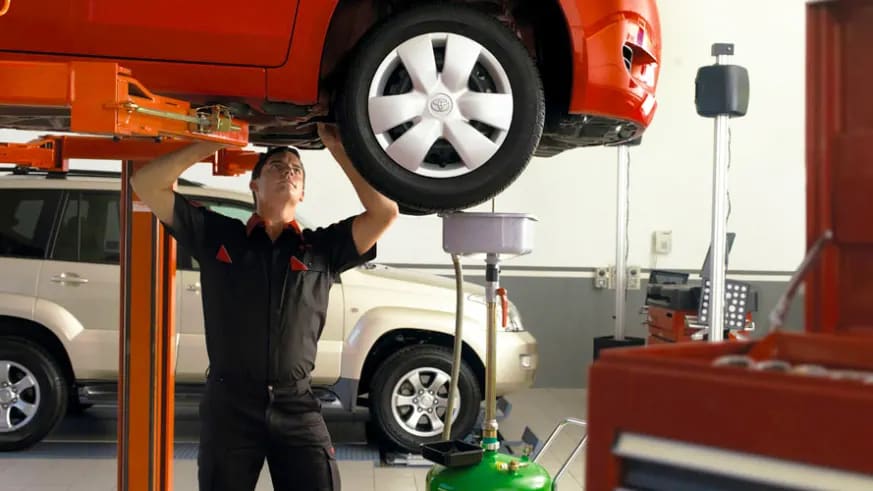
Reliability
Reliability surveys are usually based on the number of problems reported by customers, service departments and manufacturers. While some companies do research on initial ownership, it’s best to look at long-term studies that measure the reliability of a vehicle over several years. Most modern cars are pretty reliable from new, and very few will give major problems in the first stages of ownership.
Japanese brands typically have high reliability scores, and Korean cars have improved greatly since becoming popular in Australia. Every manufacturer is dedicated to improving perceptions about reliability, but some brands spend more money on fixing problems with cars than others.
It is also important to think about how complicated your car is to work on, when it’s out of warranty and it’s capped price servicing period. A brand new sportscar with the most up-to-date, latest technologies may be a thrill for you when it’s new, but if you decide to keep it as it ages or try to sell it as a used car, the fancy electrical equipment may not age as gracefully as your stylish sportscar. Cars with technology that may not be the most flash, but is dependable, proven and reliably built tend to sell better as used cars and give up less problems as they age.
Motorama stocks some of the best selling and most popular makes and models, and our sales teams can help you find the right vehicle for your lifestyle. See our reviews on some of the newest cars or come into our dealerships for a rundown on the running costs and liveability guides to the freshest vehicles in Australia.

